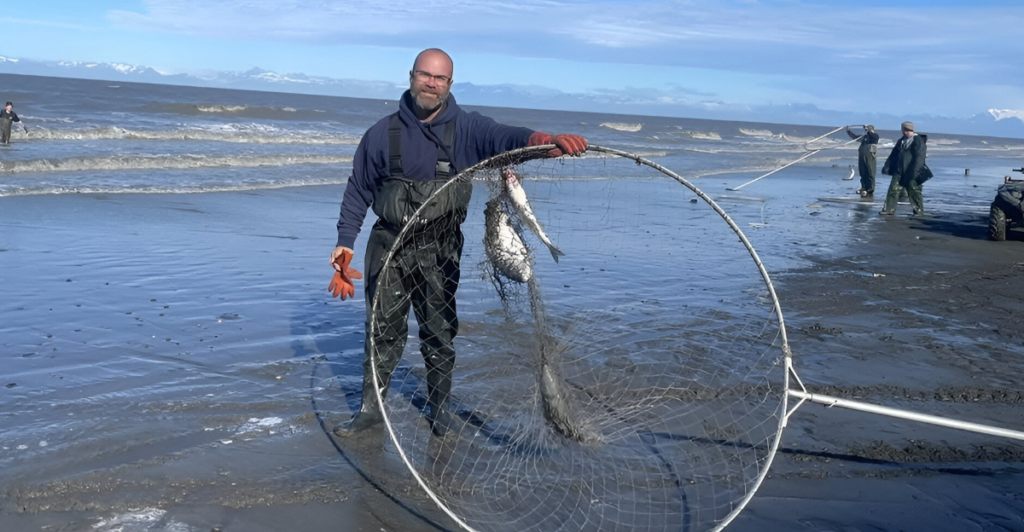
The growth of Alaska’s commercial dipnet fishery reflects a strategic effort to balance environmental health and economic opportunity. The action, approved by the State Board of Fisheries in March 2025 cycle, extends fishing hours to weekdays from 7 a.m. to 7 p.m., while maintaining strict limits in place to protect vulnerable stocks of king salmon.
This initiative addresses the dual approach of sustaining large numbers of sockeye salmon and reducing the recovery ratio of the declining king and coho salmon populations.
The fishery, introduced as an alternative to the Kenai River late-run king salmon action plan for east side setnetters, represents adaptive management to promote ecosystem restoration and community resilience.
Commercial Dipnet Fishery
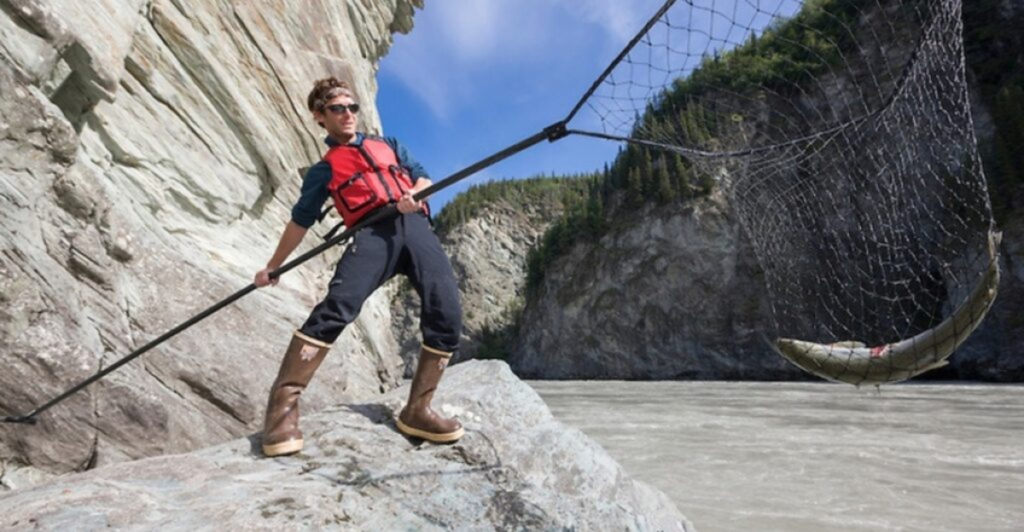
The commercial dipnet fishery started in 2024 in response to declining king salmon populations that have not reached escapement levels since 2020. Traditional set net fishing was prohibited until projections climbed to the 14,250 threshold. However, recent counts have been alarmingly low, with only 6,600 in 2024 and a projected 8,700 for 2025.
This innovative fishery was developed so that sockeye harvests could occur with minimal impact on struggling king salmon stocks. It exemplifies a more proactive approach to fisheries management in Alaska.
Economic challenges
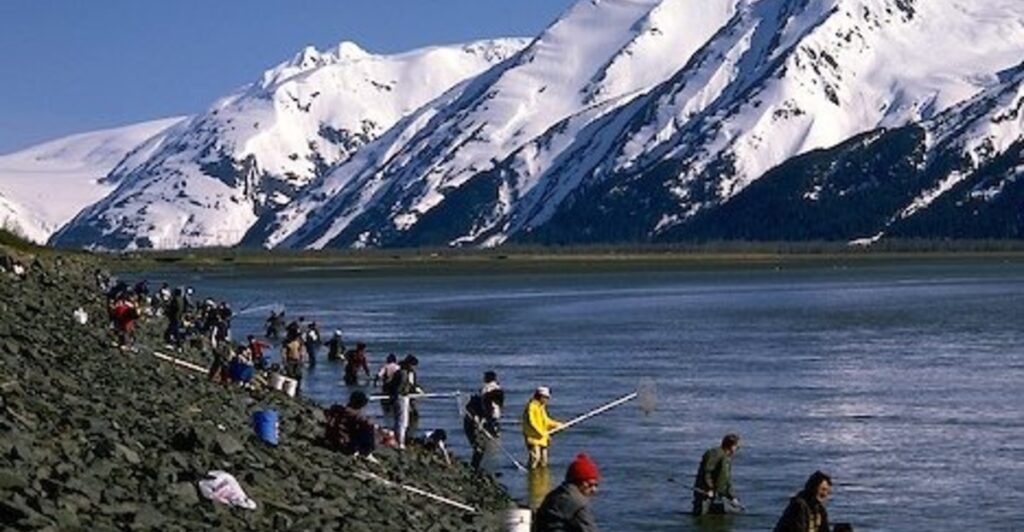
The dipnet fishery faces economic hurdles despite its ecological promise. A survey conducted by the Commercial Fisheries Entry Commission revealed that only 41% of those had turned a profit in their first season, with average net revenues of just $505.
Operational challenges such as crew shortages and low participation rates are compounded by its lack of viability. These results highlight the importance of innovation and support in enabling this alternative fishery to provide sustainable livelihoods for Alaskan communities.
Ecosystem-Based Management
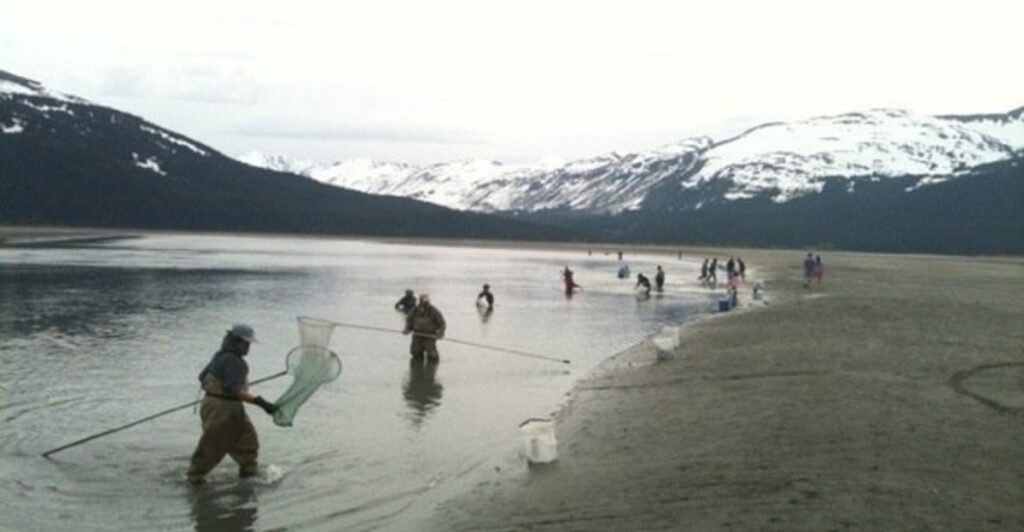
By adopting ecosystem-based fisheries management (EBFM), Alaska increases its ability to respond to environmental change. EBFM considers ecological, social, and economic factors, making it an important tool for fighting against climate change and resource depletion.
Integrating dipnet fishing into the framework will allow Alaskans to find a balance between protecting healthy ecosystems and meeting human needs. This approach has already proved successful in other fisheries, such as those in the eastern Bering Sea, preventing them from falling into climate-induced collapse and long-term unsustainability.
Innovations in Gear and Practices
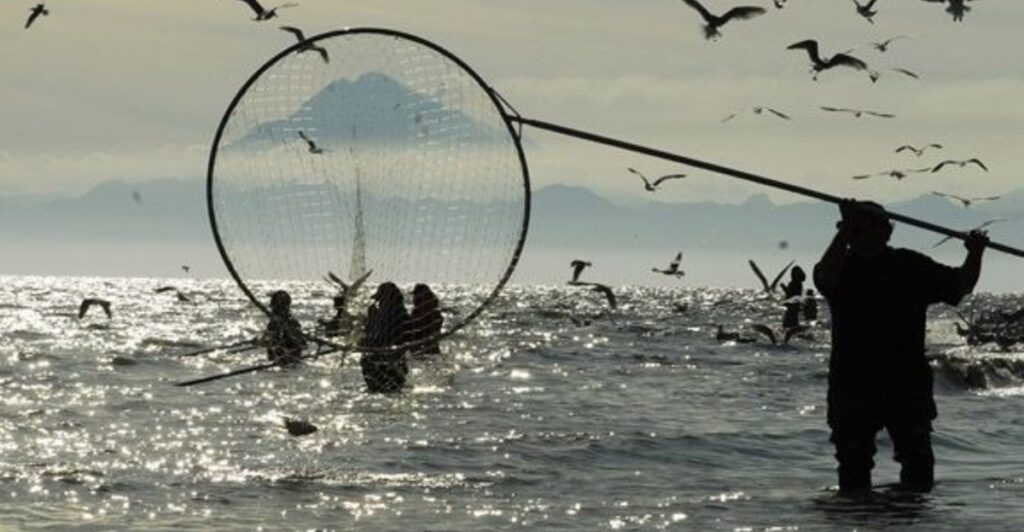
The expansion of dipnet fishing hours encourages technological advancements and operational efficiency among participants. Board member Curtis Chamberlain emphasized that increased fishing times could help encourage innovative dipnet gear that would reduce bycatch and increase harvest efficiency,
These innovations are necessary to reconcile economic ambitions with ecological realities, maintaining the sustainability of the fishery in an environment that has become increasingly precarious,
Addressing King Salmon Decline
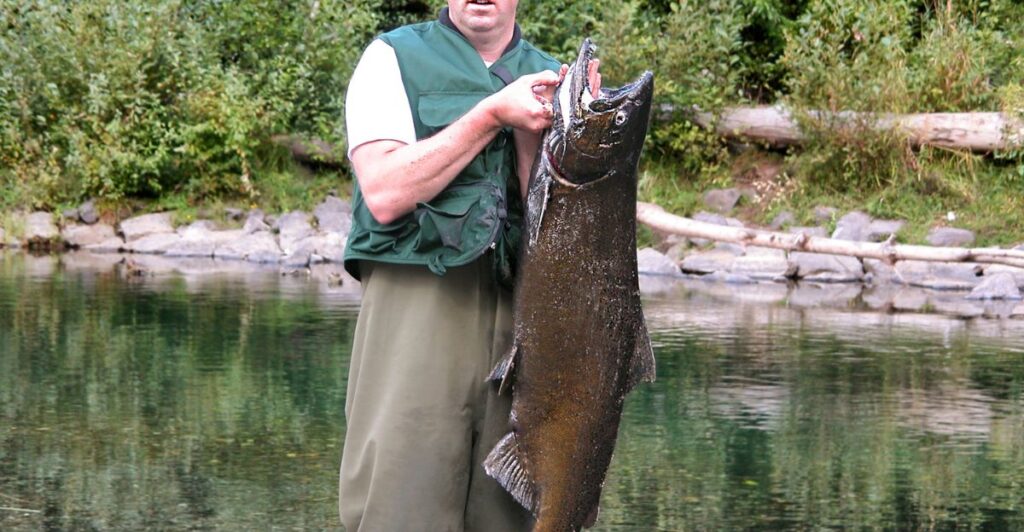
King salmon populations are important to Alaska’s economy and essential for the survival of other species like orcas. Declines in Chinook salmon populations have cascading effects on marine ecosystems and local communities.
By limiting setnets and expanding dipnet fisheries, Alaska aims to reduce mortality rates for these vulnerable stocks while maintaining some level of economic activity for fishermen. This approach points to the interconnectedness between ecological health and human well-being.
Socioeconomic Impacts
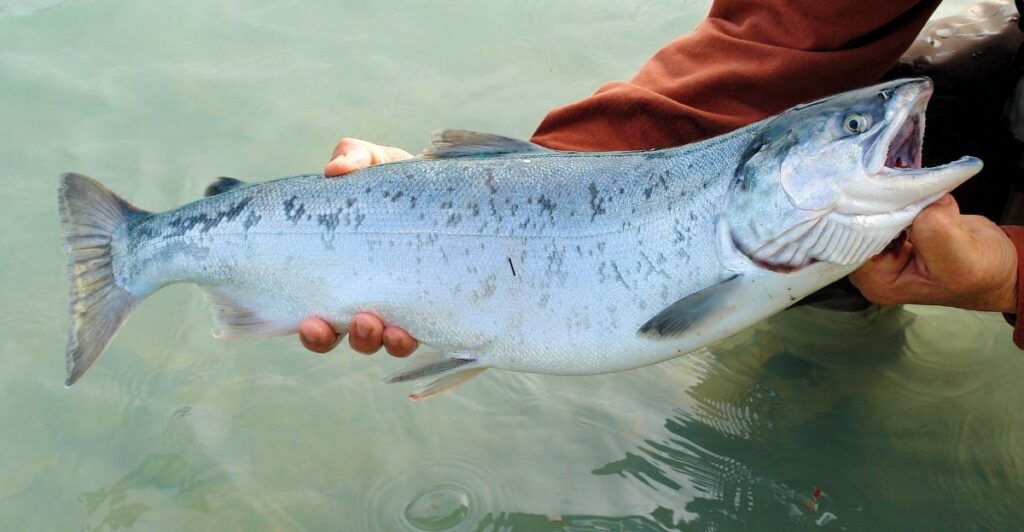
The dipnet fishery provides a lifeline for east side setnetters who have been heavily impacted under the Kenai River late-run king salmon action plan. Participation was initially low, but extended hours mean a much greater access to resources and stability for those who are willing to adapt.
This shift aligns with a more general trend of income diversification in Alaskan fisheries, which aims to increase resilience to environmental and regulatory uncertainties.
Climate Change Considerations
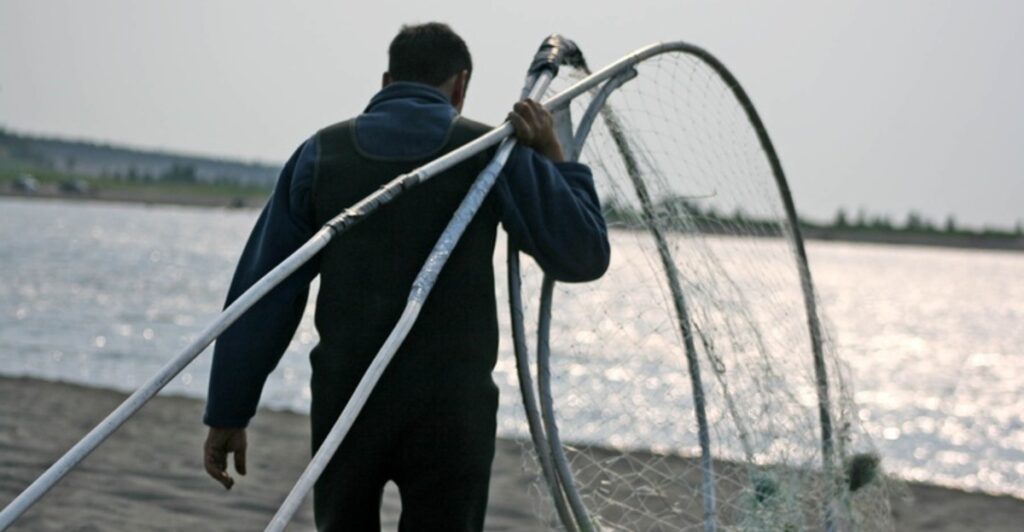
Climate change threatens Alaskan fisheries through warming waters and shifting ecosystems. This dipnet fishery is an adaptive response that reflects broader climate resilience strategies.
This initiative reduces long-term threats posed by changing ocean conditions through sustainable harvest practices and the protection of vulnerable and at-risk species. Such measures are vital to maintaining Alaska’s reputation as a leader in sustainable fisheries management.
Long-Term Viability

The dipnet fishery will be closely monitored going forward, as the Board of Fisheries is set to revisit Upper Cook Inlet regulations in 2027. Key metrics will include participation rates, profitability, and ecological outcomes such as king salmon escapement levels.
A successful model could provide a template for other regions grappling with similar challenges by demonstrating how innovative management can balance economic needs with ecosystem health.
A Bold Experiment
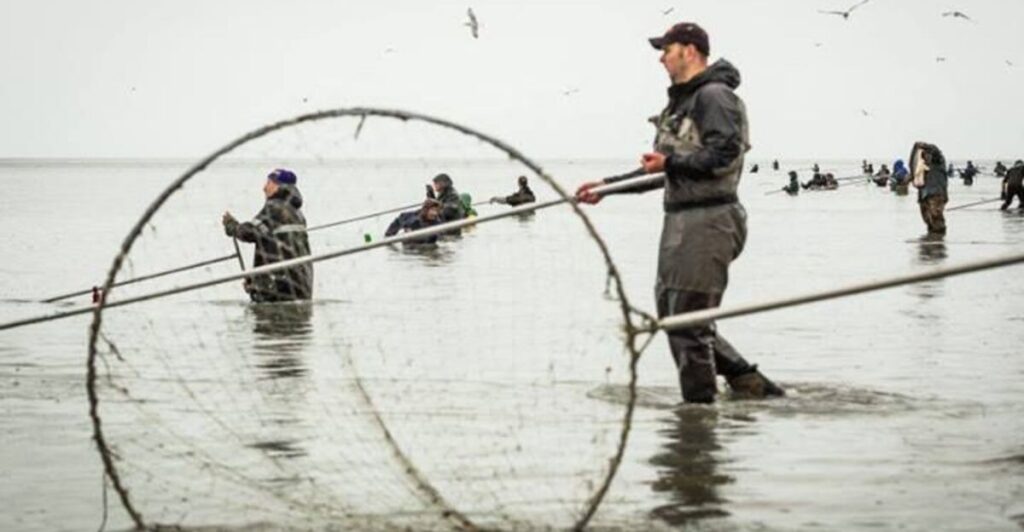
The expansion of Alaska’s commercial dipnet fishery is a bold experiment that seeks to restore ecological balance while supporting local economies. This initiative seeks to combat urgent environmental issues without compromising human livelihoods, instead championing sustainability through innovative practices and adaptive management.
Though economic viability remains a concern, ongoing adjustments and technological advancements could transform this emerging fishery into a foundation of Alaska’s sustainable seafood industry. Its success would not only benefit local communities, but it would also reinforce Alaska’s position as a worldwide leader in fisheries management,
Explore more of our trending stories and hit Follow to keep them coming to your feed!

Don’t miss out on more stories like this! Hit the Follow button at the top of this article to stay updated with the latest news. Share your thoughts in the comments—we’d love to hear from you!







